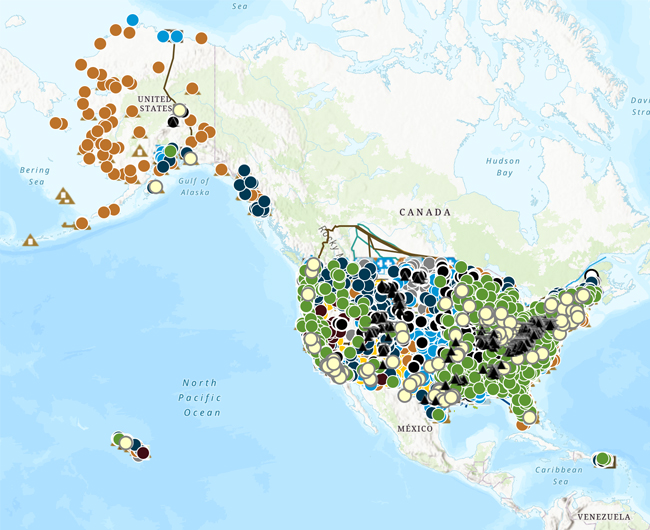Profile Overview
U.S Energy Atlas with total energy layers
 View the interactive map
View the interactive map Quick Facts
- One of the three storage sites that make up the 1-million-barrel Northeast Home Heating Oil Reserve, which was created to offset disruptions in heating fuel supplies, is located in Groton, Connecticut, and it holds 300,000 barrels of heating oil.
- About 42% of Connecticut households use heating oil or other petroleum products for home heating, the fourth-highest share for any state, and 36% of households use natural gas.
- In 2022, the Millstone nuclear power plant generated 37% of Connecticut’s electricity. The state had the seventh-highest share of electricity provided by nuclear power in the nation.
- In 2022, Connecticut’s electric power sector used a record amount of natural gas, which fueled 55% of the state's total electricity net generation.
- Connecticut has one of the least energy-intensive state economies and uses less energy to produce one dollar of gross domestic product (GDP) than all other states except New York, Massachusetts, and California.
Last Updated: November 16, 2023
